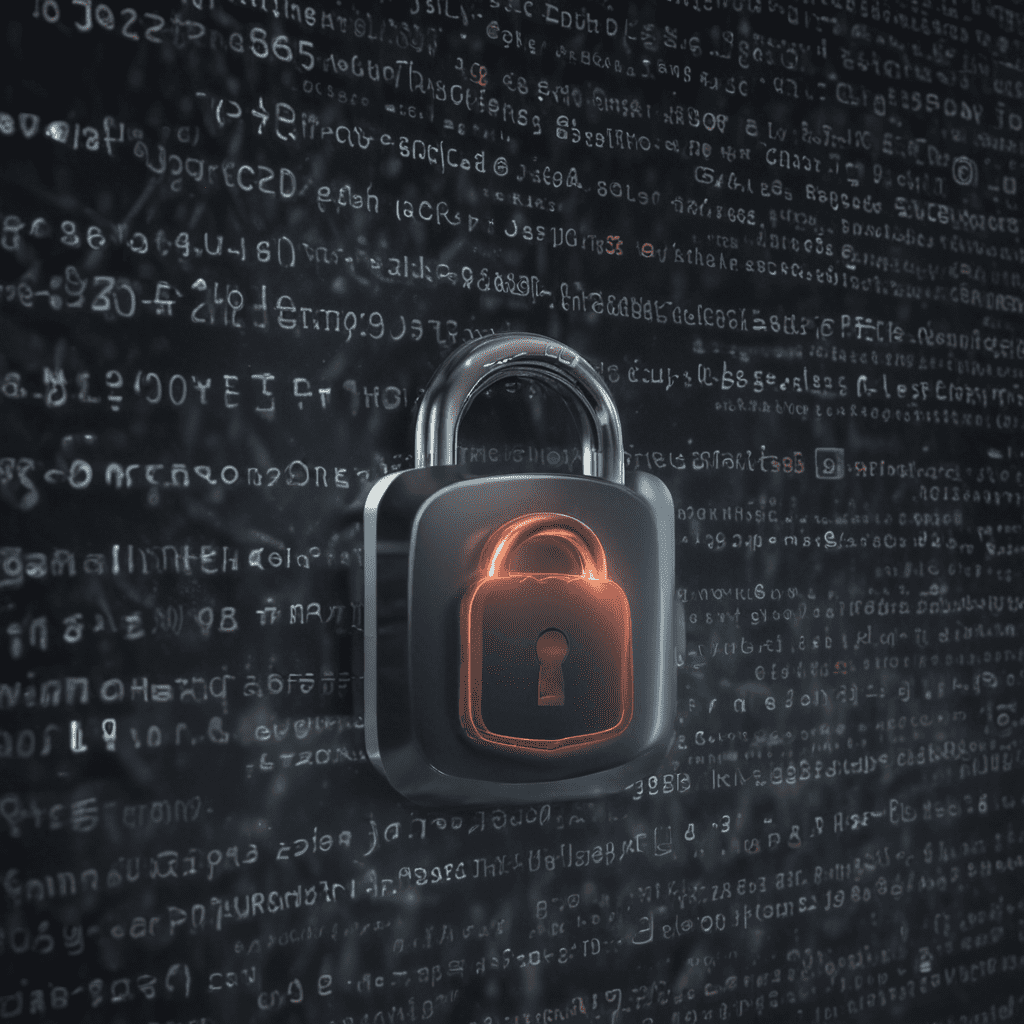
1. Understanding Data Privacy Concerns in SaaS Environments
SaaS (Software-as-a-Service) environments have become increasingly prevalent, offering numerous benefits to businesses and organizations. However, they also introduce unique data privacy concerns that must be addressed. SaaS providers host and manage data on behalf of their customers, creating a shared responsibility model for data protection. This article explores the key concerns surrounding data privacy in SaaS environments and provides actionable strategies for enhancing data protection.
2. Technological Measures to Protect Data
Implementing robust technological measures is paramount for safeguarding data in SaaS environments. These measures include encryption at rest and in transit, authentication and authorization mechanisms, and data access controls. Encryption ensures that data is protected from unauthorized access, even if it is intercepted. Authentication and authorization mechanisms verify the identity of users and restrict access to authorized personnel. Data access controls limit the scope of data that users can access based on their roles and permissions.
3. Implementing Data Governance Frameworks
Establishing a comprehensive data governance framework is crucial for managing data privacy in SaaS environments. This framework should define policies and procedures for data collection, storage, use, and disposal. It should also address data retention schedules, data access controls, and data breach response plans. A well-defined data governance framework provides a structured approach to data management, ensuring consistency and compliance with privacy regulations.
4. Enforcing Access Controls and Authorization
Enforcing access controls and authorization is essential to prevent unauthorized access to sensitive data. Access controls should be implemented based on the principle of least privilege, granting users only the minimum level of access necessary to perform their job functions. Authorization mechanisms should verify the identity of users and ensure that they have the appropriate permissions to access specific data. Multi-factor authentication and role-based access control are effective techniques for enhancing authorization.
5. Managing Data Breaches and Incident Response
Despite the best preventive measures, data breaches can occur in SaaS environments. It is crucial to have a comprehensive incident response plan in place to mitigate the impact of a data breach. The plan should define roles and responsibilities, communication protocols, and steps for containment, investigation, and recovery. Regular testing and updating of the incident response plan is essential to ensure its effectiveness in the event of a data breach.
6. Compliance with Privacy Regulations
SaaS providers and organizations must comply with applicable privacy regulations, such as the General Data Protection Regulation (GDPR) and the California Consumer Privacy Act (CCPA). These regulations impose specific requirements for data collection, storage, and processing, as well as rights for data subjects. Compliance with privacy regulations is essential to avoid legal penalties and maintain customer trust.
7. User Privacy and Consent Management
Obtaining explicit consent from users is crucial for collecting and processing their personal data. SaaS providers should implement clear and concise privacy policies that explain the purpose of data collection, how the data will be used, and the rights of users. Users should have the ability to review, modify, and revoke their consent at any time. Consent management systems help organizations track and manage user consent effectively.
8. Encryption and Data Anonymization
Encryption is a vital measure for protecting data from unauthorized access. SaaS providers should implement encryption at rest and in transit to safeguard data in storage and during transmission. Data anonymization involves removing or masking personally identifiable information (PII) from data. This technique allows organizations to use data for analytics and other purposes while protecting user privacy.
9. Data Deletion and Data Retention Policies
Organizations should establish clear data retention policies that define how long data is stored. Data that is no longer necessary for business purposes should be securely deleted. Data deletion policies help organizations manage data risks and comply with privacy regulations.
10. Collaboration and Communication with Users
SaaS providers and organizations should collaborate with users to enhance data privacy. This involves educating users about data privacy best practices, providing transparent information about data handling, and addressing user concerns. Open communication and feedback loops help build trust and foster a culture of data privacy awareness.
Frequently Asked Questions (FAQs)
Q: What are the common data privacy concerns in SaaS environments?
A: Unauthorized access, data breaches, lack of control over data, and compliance issues.
Q: How can organizations improve data privacy in SaaS environments?
A: By implementing technological measures, data governance frameworks, access controls, user consent management, encryption, data anonymization, data retention policies, and collaborating with users.
Q: What are the benefits of enhancing data privacy in SaaS environments?
A: Improved data security, compliance with regulations, increased customer trust, and reduced legal risks.
Q: What is the role of users in data privacy?
A: Users play a crucial role by providing consent, reviewing privacy policies, and being mindful of data sharing practices.


